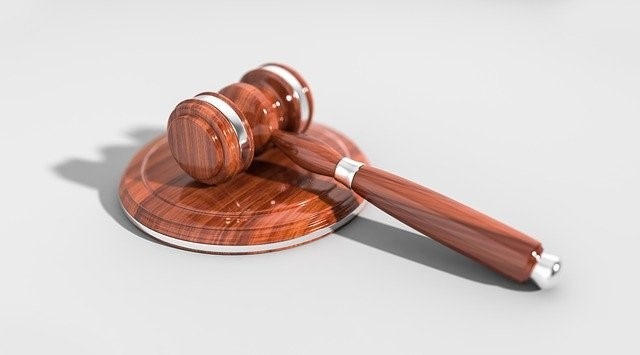If you have been involved in a car crash, your primary concern is likely to be medical attention and physical recovery. Unfortunately, collisions can often lead to lengthy and costly legal proceedings as well. The other driver might not admit fault or assume that insurance will cover everything, so here are some ways to prove that the other driver was negligent.
1. Hire a personal injury lawyer
Even if you believe the other driver was entirely at fault, it is important to get an attorney involved as soon as possible. Going up against a big insurance company or corporation can be incredibly intimidating and difficult without legal representation. A skilled personal injury lawyer will know what to do and what evidence needs to be collected in order to prove that the other driver was negligent and responsible for your injuries. Your lawyer will probably work on a contingency basis, this means they only get paid when you win your case, so there is no risk in hiring one. There are many law firms with professional lawyers, including www.helpinginjuredpeople.com, who negotiate and litigate on behalf of their client’s rights to fair compensation for their injuries. Choosing the right lawyer is very important for your case, and you want someone with the right skillset and reputation.
2. Obtain witness statements
Witnesses are very helpful in court cases where the only two people involved are the plaintiff and defendant. People in cars traveling behind you when you were hit or at intersections near where your car was hit can be potential witnesses to what happened. Their statements could provide proof of how the collision transpired, help establish fault on behalf of another driver, or even serve as character references for any good deeds done by either party.
Witnesses who saw how the accident happened may include passengers in your vehicle, bystanders who caught a glimpse before it happened, or passersby whose attention was drawn due to sudden breaks or an unusual pattern of movement. To get information from witnesses, contact them politely via phone call or email and ask if they would mind sharing their account of what happened. Sometimes witnesses cannot recall all the details or are too shaken to speak to you, but if they do have information that could help you prove your case, they are legally obligated to share it with you.
3. Gather photos and videos from the scene
Photos and videos taken by witnesses or bystanders at the scene can provide crucial evidence that will help you prove fault in your case. This is why it’s important to get these items before they disappear, so if you can find potential images of the crash site, take them yourself. Even photos and videos from days earlier of any skid marks or road signs could be useful: anything indicating how the collision happened and who was at fault. Be sure to note where these photographs were taken, what day they were snapped, how many there are, and which direction each image faces. Photos with time stamps are especially helpful since this creates an accurate timeline of events leading up to the accident. Some attorneys may want to take their own photos and videos to provide an unbiased version of the accident.
4. Collect and preserve evidence from the collision site
After the accident, it is crucial to gather any evidence that could be used in court. This includes things like skid marks on the road, paint chips from where you hit a pole or another object, and debris from your car that might have come off during impact. Be sure to document these items with photos and written notes about where they were taken from. Any objects found near your vehicle should also be collected if they provide proof of fault. For example, broken headlights from the other driver’s vehicle show damage sustained beforehand, or a screwdriver dropped by someone who was changing a tire would show their responsibility for an accident.
5. Preserve all receipts and records
All receipts for things you had to replace due to the accident should be kept, including any legal fees you paid to hire a lawyer for your case. A medical record of your current physical state should also be documented, as this factor will likely affect the outcome of court proceedings. If you were unable to work due to injuries sustained in the accident, keep your records of missed wages. Any medical costs incurred because of the injury should also be documented with receipts and bills.
The best way to show your negligence case is clear is to have enough facts, evidence, and witnesses on your side. Hiring a lawyer will make this easier for you, and you will be able to move on with your life faster after the case is over.














